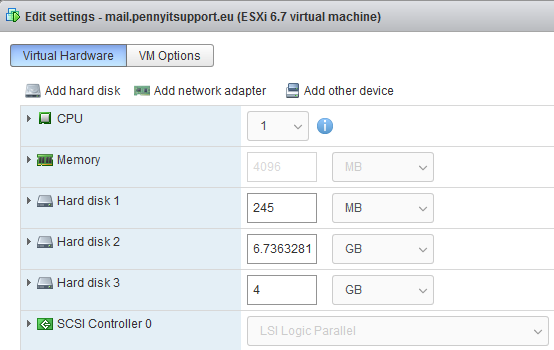Refurbish your old computer to Windows 11
Windows 10 reaches its end of life on October 14, 2025. After this date, Microsoft will no longer provide free security updates, feature updates, or technical support for Windows 10. This means that devices running Windows 10 will become increasingly vulnerable to security threats and may experience compatibility issues with newer software and hardware. The natural move is to migrate the computer to Windows 11.
- Read more about Refurbish your old computer to Windows 11
- Log in or register to post comments

